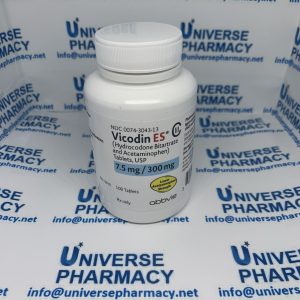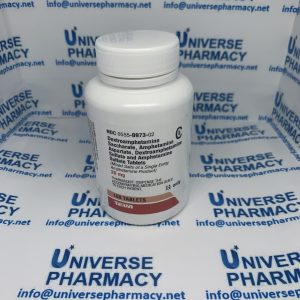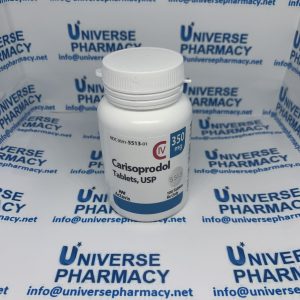Description
Hydromorphone 16 mg
Hydromorphone is available in parenteral, rectal, subcutaneous, and oral formulations, and also can be administered via epidural or intrathecal injection. Hydromorphone also has been administered via nebulization to treat shortness of breath, but it is not used as a route for pain control due to low bioavailability. Transdermal delivery systems are also under consideration to induce local skin analgesia.
Hydromorphone belongs to the opioid class of medications and is utilized to effectively manage and treat moderate-to-severe acute pain and severe chronic pain in patients. The drug exerts its analgesic effects by interacting with the mu-opioid receptors. Moreover, hydromorphone also exerts its effects centrally at the medulla level, leading to respiratory depression and cough suppression. This activity reviews hydromorphone’s indications, actions, and contraindications as a crucial pain management agent. This activity also highlights the pharmacodynamics, pharmacokinetics, interactions, adverse event profile, potential toxicity, and monitoring recommendations of hydromorphone, which are crucial for healthcare providers to enhance their competence when caring for patients with moderate to severe acute pain and severe chronic pain.
Concentrated aqueous solutions of hydromorphone hydrochloride have a visibly different refractive index from pure water, isotonic 9% (0·9 per cent) saline and the like, especially when stored in clear ampoules and phials may acquire a slight clear amber discolouration upon exposure to light, this reportedly has no effect on the potency of the solution, but 14 dihydromorphinones such as hydromorphone, oxymorphone, and relatives come with instructions to protect from light. Ampoules of solution which have developed a precipitate should be discarded.
Battery-powered intrathecal drug delivery systems are implanted for chronic pain when other options are ruled out, such as surgery and traditional pharmacotherapy, provided that the patient is considered a suitable fit in terms of any contraindications, both physiological and psychological.





